[et_pb_section fb_built="1" _builder_version="3.22"][et_pb_row _builder_version="3.25" background_size="initial" background_position="top_left" background_repeat="repeat"][et_pb_column type="4_4" _builder_version="3.25" custom_padding="|||" custom_padding__hover="|||"][et_pb_text _builder_version="3.27.4"]
Messier 81 is a spiral galaxy about 12 million light-years away in the constellation Ursa Major. M81 is one of the most striking examples of a grand design spiral galaxy, with near perfect arms spiralling into the very centre. Because of its proximity to Earth, its large size, and its active galactic nucleus (which harbours a 70 million solar mass supermassive black hole). It is close by M82 which is also worth a look if you are in this region.
[/et_pb_text][/et_pb_column][/et_pb_row][et_pb_row _builder_version="3.25" background_size="initial" background_position="top_left" background_repeat="repeat"][et_pb_column type="4_4" _builder_version="3.25" custom_padding="|||" custom_padding__hover="|||"][et_pb_text admin_label="Simon Dawes" _builder_version="3.27.4"]
Images by Simon Dawes
[/et_pb_text][/et_pb_column][/et_pb_row][et_pb_row column_structure="1_4,1_4,1_4,1_4" _builder_version="3.25" background_size="initial" background_position="top_left" background_repeat="repeat"][et_pb_column type="1_4" _builder_version="3.25" custom_padding="|||" custom_padding__hover="|||"][et_pb_text admin_label="SD Image" _builder_version="3.27.4"]
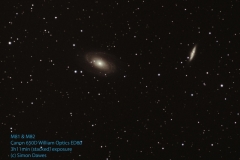
[/et_pb_text][/et_pb_column][et_pb_column type="1_4" _builder_version="3.25" custom_padding="|||" custom_padding__hover="|||"][et_pb_text _builder_version="4.4.2"]
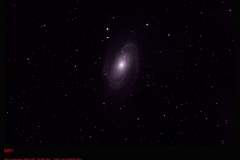
[/et_pb_text][/et_pb_column][et_pb_column type="1_4" _builder_version="3.25" custom_padding="|||" custom_padding__hover="|||"][/et_pb_column][et_pb_column type="1_4" _builder_version="3.25" custom_padding="|||" custom_padding__hover="|||"][/et_pb_column][/et_pb_row][et_pb_row _builder_version="3.25" background_size="initial" background_position="top_left" background_repeat="repeat"][et_pb_column type="4_4" _builder_version="3.25" custom_padding="|||" custom_padding__hover="|||"][et_pb_text admin_label="Julian Tworek" _builder_version="3.27.4"]
Images by Julian Tworek
[/et_pb_text][/et_pb_column][/et_pb_row][et_pb_row column_structure="1_4,1_4,1_4,1_4" _builder_version="3.25" background_size="initial" background_position="top_left" background_repeat="repeat"][et_pb_column type="1_4" _builder_version="3.25" custom_padding="|||" custom_padding__hover="|||"][et_pb_text admin_label="JT Image" _builder_version="3.27.4"]
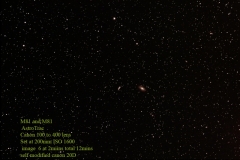
[/et_pb_text][/et_pb_column][et_pb_column type="1_4" _builder_version="3.25" custom_padding="|||" custom_padding__hover="|||"][/et_pb_column][et_pb_column type="1_4" _builder_version="3.25" custom_padding="|||" custom_padding__hover="|||"][/et_pb_column][et_pb_column type="1_4" _builder_version="3.25" custom_padding="|||" custom_padding__hover="|||"][/et_pb_column][/et_pb_row][et_pb_row _builder_version="3.25" background_size="initial" background_position="top_left" background_repeat="repeat"][et_pb_column type="4_4" _builder_version="3.25" custom_padding="|||" custom_padding__hover="|||"][et_pb_text admin_label="Neil Webster" _builder_version="3.27.4"]
Images by Neil Webster
[/et_pb_text][/et_pb_column][/et_pb_row][et_pb_row column_structure="1_4,1_4,1_4,1_4" _builder_version="3.25" background_size="initial" background_position="top_left" background_repeat="repeat"][et_pb_column type="1_4" _builder_version="3.25" custom_padding="|||" custom_padding__hover="|||"][et_pb_text admin_label="NW Image" _builder_version="3.27.4"]
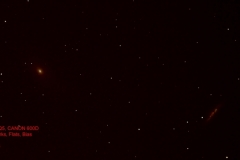
[/et_pb_text][/et_pb_column][et_pb_column type="1_4" _builder_version="3.25" custom_padding="|||" custom_padding__hover="|||"][et_pb_text _builder_version="3.27.4"]
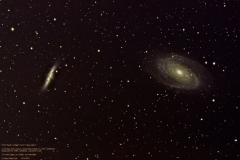
[/et_pb_text][/et_pb_column][et_pb_column type="1_4" _builder_version="3.25" custom_padding="|||" custom_padding__hover="|||"][et_pb_text _builder_version="4.4.2"]
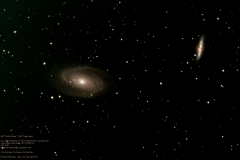
[/et_pb_text][/et_pb_column][et_pb_column type="1_4" _builder_version="3.25" custom_padding="|||" custom_padding__hover="|||"][/et_pb_column][/et_pb_row][et_pb_row _builder_version="4.4.2"][et_pb_column type="4_4" _builder_version="4.4.2"][et_pb_text admin_label="Images by Kevin Langford" _builder_version="3.18.7" global_module="3167" saved_tabs="all"]
Images by Kevin Langford
[/et_pb_text][/et_pb_column][/et_pb_row][et_pb_row column_structure="1_4,1_4,1_4,1_4" _builder_version="4.4.2"][et_pb_column type="1_4" _builder_version="4.4.2"][et_pb_text _builder_version="4.4.2"]
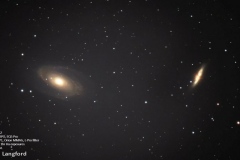
[/et_pb_text][/et_pb_column][et_pb_column type="1_4" _builder_version="4.4.2"][/et_pb_column][et_pb_column type="1_4" _builder_version="4.4.2"][/et_pb_column][et_pb_column type="1_4" _builder_version="4.4.2"][/et_pb_column][/et_pb_row][et_pb_row _builder_version="4.7.7" _module_preset="default"][et_pb_column type="4_4" _builder_version="4.7.7" _module_preset="default"][et_pb_text admin_label="Images by Leigh Slomer" _builder_version="3.19.3" global_module="3217" saved_tabs="all"]
Images by Leigh Slomer
[/et_pb_text][et_pb_text _builder_version="4.7.7" _module_preset="default"]
[caption id="" align="aligncenter" width="800"]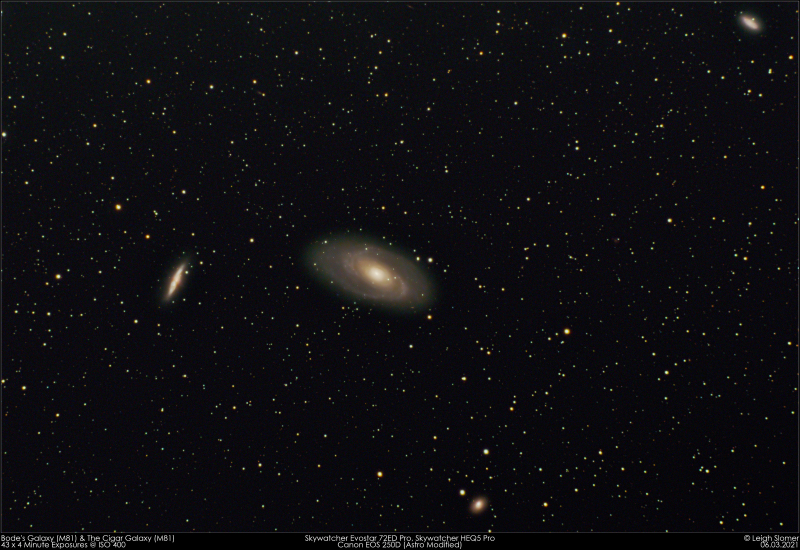 Bode's Galaxy, taken on the 6th of April 2021 with a Skywatcher Evostar 72ed Pro and an astro modified Canon EOS 250d. Stacked grom 172 minutes worth of exposures.[/caption]
Bode's Galaxy, taken on the 6th of April 2021 with a Skywatcher Evostar 72ed Pro and an astro modified Canon EOS 250d. Stacked grom 172 minutes worth of exposures.[/caption]
[/et_pb_text][/et_pb_column][/et_pb_row][et_pb_row _builder_version="3.25" background_size="initial" background_position="top_left" background_repeat="repeat"][et_pb_column type="4_4" _builder_version="3.25" custom_padding="|||" custom_padding__hover="|||"][et_pb_text admin_label="Messier Links" _builder_version="4.7.7" z_index_tablet="500" global_module="2601" saved_tabs="all"]
| M1 | M2 | M3 | M4 | M5 | M6 | M7 | M8| M9 | M10 | M11 | M12 | M13 | M14 | M15 | M16 | M17 | M18 | M19 | M20 | M21 | M22 | M23 | M24 | M25 | M26 | M27 | M28 | M29 | M30 | M31 | M32 | M33 | M34 | M35 | M36 | M37 | M38 | M39 | M40 | M41 | M42 | M43 | M44 | M45 | M46 | M47 | M48 | M49 | M50 | M51 | M52 | M53 | M54 | M55 | M56 | M57 | M58 | M59 | M60 | M61 | M62 | M63 | M64 | M65| M66 | M67 | M68 | M69 | M70 | M71 | M72 | M73 | M74 | M75 | M76 | M77 | M78 | M79 | M80 | M81 | M82 | M83 | M84 | M85 | M86 | M87 | M88 | M89 | M90 | M91 | M92 | M93 | M94 | M95 | M96 | M97 | M98 | M99 | M100 | M101 | M102 | M103 | M104 | M105 | M106 | M107 | M108 | M109 | M110 |
[/et_pb_text][et_pb_text admin_label="Copyright Notice" _builder_version="3.9" global_module="638" saved_tabs="all"]
All images are copyright. Permission must be sought to from the image owner to the use of any of these images.
[/et_pb_text][/et_pb_column][/et_pb_row][/et_pb_section]

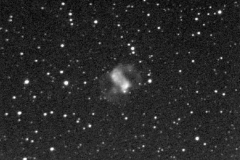
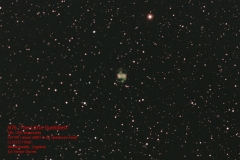
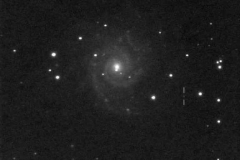
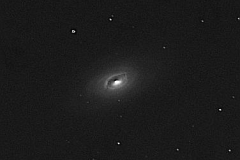
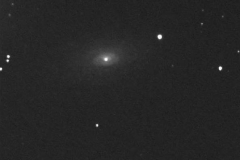
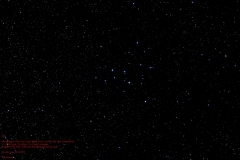
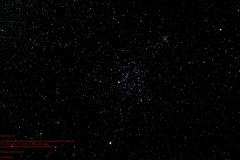
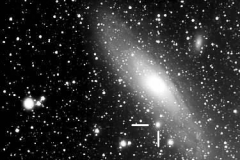
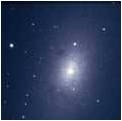
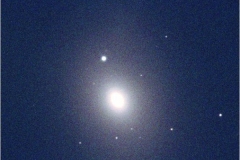






 Bode's Galaxy, taken on the 6th of April 2021 with a Skywatcher Evostar 72ed Pro and an astro modified Canon EOS 250d. Stacked grom 172 minutes worth of exposures.[/caption]
Bode's Galaxy, taken on the 6th of April 2021 with a Skywatcher Evostar 72ed Pro and an astro modified Canon EOS 250d. Stacked grom 172 minutes worth of exposures.[/caption]